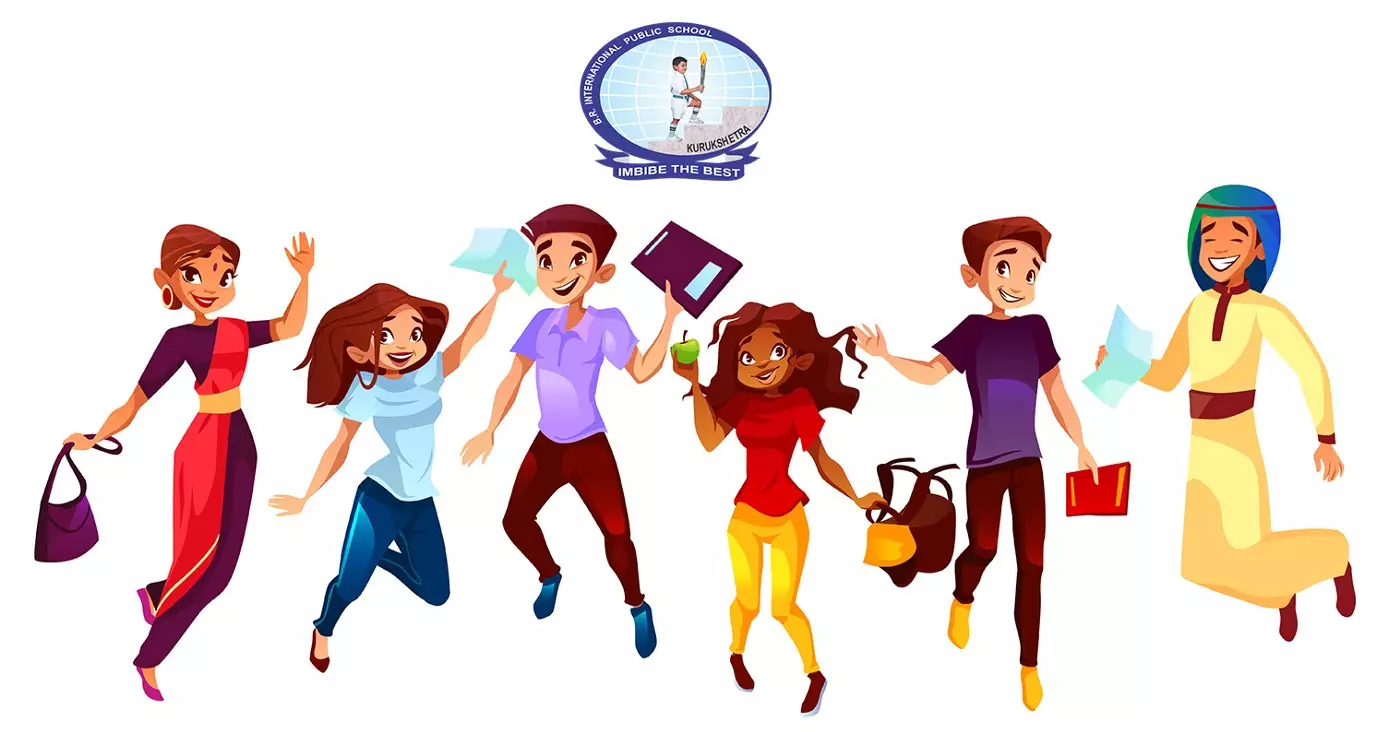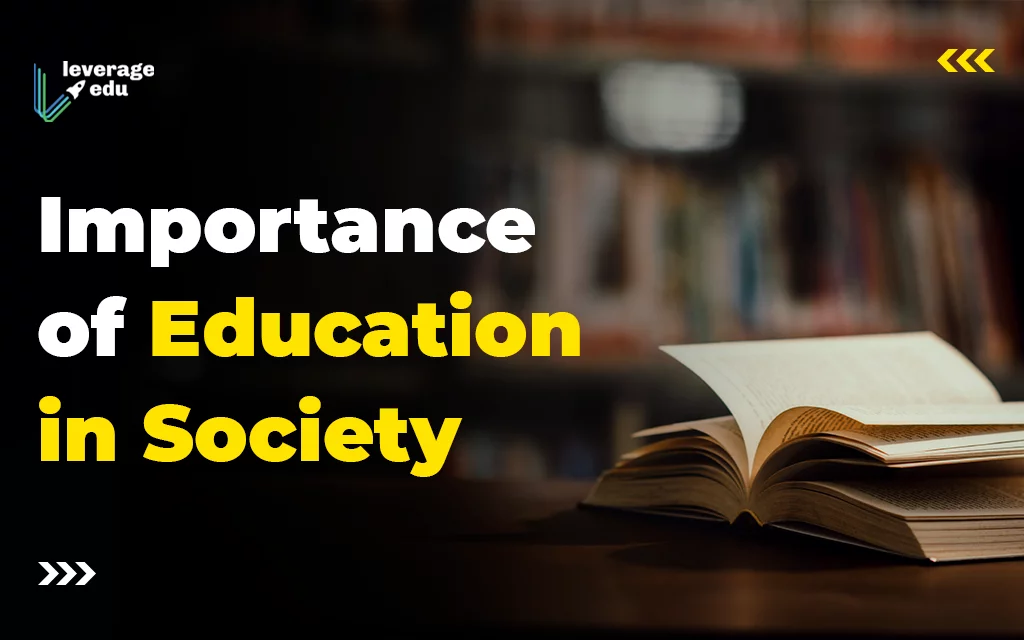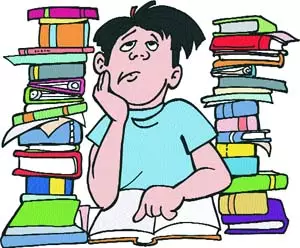What was the Third Five Year Plan for Education in India?
Third Five Year Plan of Indian Education System.
In the field of general education, as distinguished from technical education, the main emphasis in the Third Five Year Plan of Education will be on the provision of facilities for the education of all children in the age group 6-11, extension and improvement of the teaching of science at the secondary and university stages, development of vocational and technical education at all levels, expansion and improvement of facilities for the training of teachers for each stage of education, and increase in scholarships, free-ships and other assistance.
There will be special concentration on the education of girls, and the existing disparities in levels of development in education between boys and girls will be substantially reduced.
In the third year plan Rs. 500 crore was assigned. In the third five year plan technical education was given much importance and sum of around Rs. 130 crore was spend on it. And the remaining sum was distributed over other items of education.
Primary Education.
The programme for extending education to all children in the age-group 6-11 is of such crucial importance that financial considerations as such should not be allowed to come in the way of its successful execution in any State.
There may, however, be other limitations which may be more difficult to overcame in a short period for instance, the measure in which some of the poorer or more backward sections of the population or the more backward areas respond to the drive for education, the time needed to persuade all parents to send their daughters to school, the extent of participation and eagerness on the part of the local community, the ability on the part of education authorities to obtain a sufficient number of teachers.
Both men and women, who will identify themselves with the communities in which they work and, finally, the practical steps taken to provide reasonable conditions and prospects to the vast body of teachers working in primary schools.
Secondary Education.
The programme for the reorganization and improvement of secondary education, which was taken up following the report of the Secondary Education Commission, has proceeded along several lines and is designed both to enlarge the content of secondary education and to make it a self-contained unit within the educational process.
The measures envisaged are the conversion of high schools into higher secondary schools, development of multipurpose schools with provision of a number of elective subjects along with and in addition to the academic course, expansion and improvement of facilities for the teaching of science, provision of educational and vocational guidance, improvement of the examination and evaluation system, enlargement of facilities for vocational education, increased facilities for the education of girls and the backward classes and encouragement to merit through scholarships.
University Education.
With the expanding base at the elementary and secondary education, the demand for higher education has greatly increased over the past decade. The number of universities has increased from 27 in 1950-51 to 32 in 1955-56 and to 46 in 1960-61, and about a dozen more universities are likely to be added during the Third Plan.
The number of colleges (exclusive of intermediate colleges) rose from 772 in 1955-56 to 1050 in 1960-61. During the Third Plan about 70 to 80 colleges will budded every year. The rapid expansion in the numbers of universities and colleges in recent years has led to a number of problems. These have been reviewed in the report of the University Grants Commission for 1959-60.
The Commission has stressed that if deterioration is to be avoided, increase in the number of students should be accompanied by corresponding expansion of physical and other teaching facilities. In the Third Plan larger facilities are being provided for diverting students to vocational and technological education. However, the problem is one of large dimensions and, even after taking into account these facilities.
The number of those seeking admissions to the courses of higher education in arts, science and commerce will be large and suitable criteria for selection have to be adopted. In addition to the provision in the plan for expansion of facilities for higher education, proposals for evening colleges, correspondence courses and the award of external degrees are at present under consideration.
Social Education.
In several directions there has been a measure of progress, as in the development of community centers, reading rooms in villages, organization of youth groups and mahila mandals, and the revitalization of village panchayats and the cooperative movement. One aspect of social education, and in some ways the most important, has, however, caused concern. Between 1951 and 1961, literacy has increased only from about 17 to about 24 per cent.
Moral Education.
Educational institutions have a vital role to play in bringing about national integration and social cohesion among the younger generation. The school programme should be designed to awaken in the pupils and awareness of national oneness and for this purpose, includes community living based on cooperative self help and democratic principles, the study of India’s history and culture in the curriculum at various stages of education and suitable textbooks to inculcate moral and social values among students.
Technical Education.
The total outlay on education, including engineering and technological education, was Rs. 153 crore in the First Plan and Rs. 256 crore in the Second Plan. Programs included in the Third Plan entail a total outlay of Rs. 560 crore. For programs, other than those relating to engineering and technological education, outlay during the First Plan was Rs. 133 crore, and during the Second Plan Rs. 208 crore.





